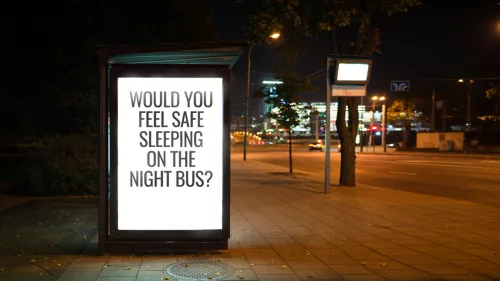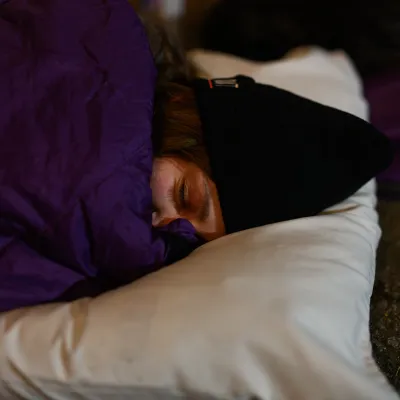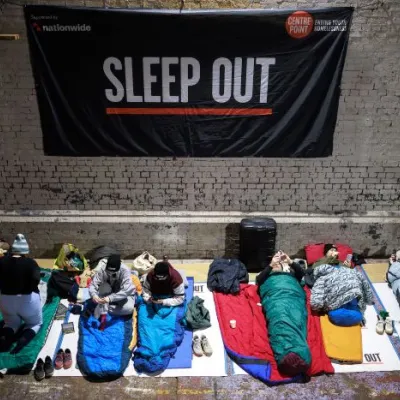Research shows more and more homeless young people are turning to the night bus as a place for shelter - but they can be an incredibly dangerous place to be.
The bus can be many things to many people. For some, it’s a way to get to work. For others, a place to meet your friends and have a couple of tins before a night out. Perhaps it’s something that conjures up bad memories of school, or good memories of college. Buses are rarely a place people want to be, especially not for long periods of time – rather, it’s a means to an end. A necessary evil. Something that lasts an hour or so, until you reach your destination.
But for homeless young people, the night bus often feels like their only choice for shelter. In 2017, Transport for London found that rough sleeping on the city’s buses had risen by 121 per cent - and in February 2019, there were 209 driver incident reports for rough sleepers in that month alone, a statistic that suggests an all-time high.
For some homeless people, night buses likely feel safer than sleeping on the streets because there’s a driver present and a constant group of people around. But that in itself presents its own risks: night buses are often used by the inebriated to get home after rowdy nights out, which can put homeless people in the firing line for unwanted aggressive behaviour, without a means of escape. Plus, reports of sexual harassment on public transport have almost doubled since 2015, leaving homeless women in particular open to attacks.

A pertinent question.
Beyond the precarious nature of night buses, at a more basic level, they are just uncomfortable and cold. This is particularly true in winter, when temperatures tend to drop exponentially. So while for most of us the raw, numbing February climate is merely an inconvenience, for rough sleepers, it becomes a constant struggle between life and death.
In 2018, at least 78 homeless people died over the winter months in the UK. At these times, public transport can be the only point of refuge, especially because they run throughout the night. Sleeping on public transport might provide protection from the harsher elements but it's by no means a reasonable place for a person to lay their head.
Because the night bus doesn’t make sleeping (or existing) any easier. Beyond the cramped space and the dangers homeless people must leave themselves open to, bus routes simply aren’t long enough for a decent sleep. The X26 bus is considered to be London’s longest route; at nearly 24 miles, it can take just over two hours to complete a journey. All other routes are much shorter, meaning once that bus reaches the end of its route, homeless young people must find another bus – which could potentially pose an even higher risk of danger – or go back to the streets.
Essentially, every time a homeless person boards a night bus, they are putting both their physical health and mental wellbeing at risk. So next time you step onto the pavement, glad to be free of the confines of public transport and ready to go onwards – to work, to dinner with friends, to home - remember that for some, there is no destination, just a never-ending journey.






